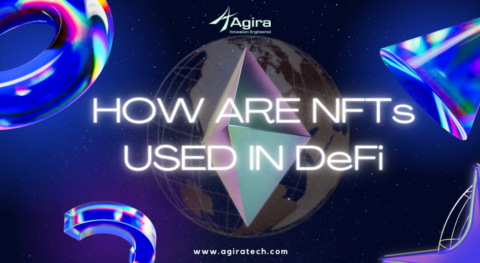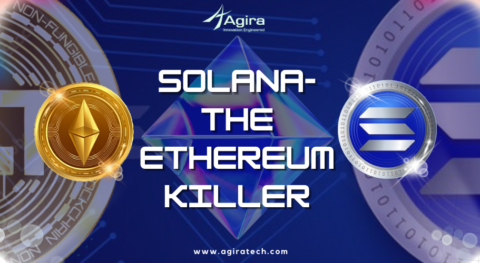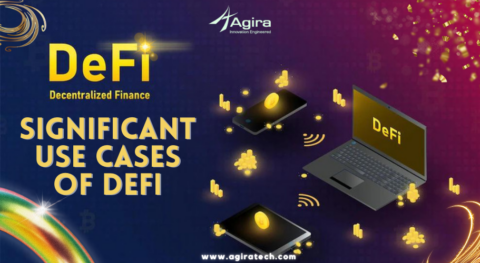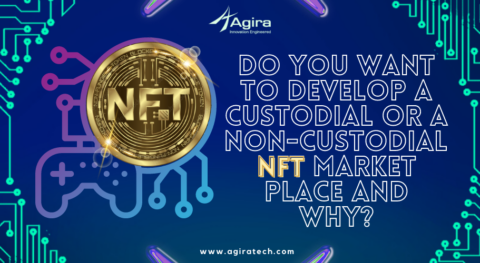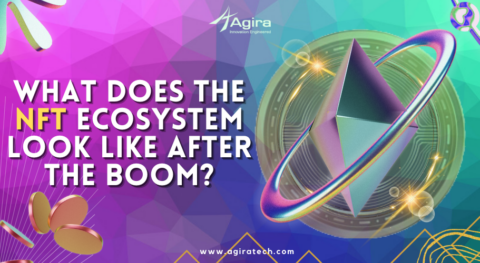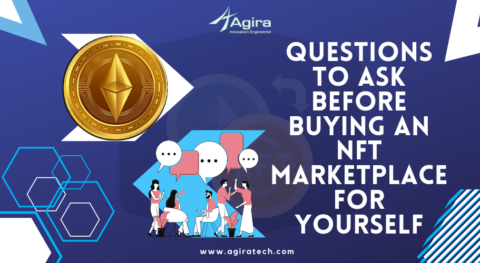Table of Contents
NFTs or non-fungible tokens are famous, particularly in the space of art and collectibles. However, its potential extends beyond digital artworks. Several financial applications have developed using smart contracts that ease the tedious paper and legal work required otherwise. It is safe to say that NFTs have been nothing less than a boon for small-scale businesses or artists through NFT Marketplace.
Intro about NFT marketplace
With the growing NFT community, there is a need for a place to sell or trade these valuable assets. The NFT marketplace is an exclusive place where the common audience gets to take their creations globally. The NFT market lists various NFTs like art, music, photo, video, and digital collectibles. If you are thinking about creating an NFT marketplace like OpenSea, this blog is for you.
Why should you have your NFT marketplace?
The future is moving towards virtual reality, where NFTs play a vital role. The NFT business has already evolved into a billion-dollar marketplace. Even corporate giants analyze the future scope and invest millions in the NFT market. There are several existing NFT marketplaces, but most come with limitations. Moreover, they are not truly decentralized, and their cross-chain interoperability tends to be poor. Having your marketplace gives more control and helps design UI based on your requirements. Also, you can provide functionalities that other platforms don’t offer to gain an edge.
How does it work?
Once you decide to create your own NFT marketplace, you have three options.
Build NFT marketplace from scratch
To build an NFT marketplace from scratch means you can customize
features and functionalities. This is time-consuming and costs more, but it is worth it if you want to create something unique.
White Label NFT marketplace
It is a pre-built customizable NFT marketplace that enables you to launch a hassle-free NFT marketplace. White Label NFT Marketplace is a multi-tested smart contract-based platform that operates on all blockchain networks. Users can customize their NFT marketplace based on their requirements in White Label Mode.
NFT marketplace Clone
NFT marketplace clone is a ready-made platform similar to OpenSea, Rarible, Binance, etc. It is an entirely customizable software that allows you to add or remove programs as per your business requirements.
Usually, all NFT platforms share a similar workflow. First, you must sign up and install a digital wallet to store NFTs. You can then upload your work and exhibit them for sale. You can also choose the type of payment you would like to accept, choose a fixed price, or auction the item.
Must-have Features for the NFT Marketplace
Once you have decided on the type of marketplace you want to use, you need to understand your audience and the problems you want to solve.
Storefront
NFT marketplace should have a storefront that offers all information about the asset, like owners, bids, previews, and value history. This is where users can buy or offer their NFTs for sale.
Advanced token search
Users should find what they are looking for with minimal effort. Your NFT platform should support tagging and category management to allow users to search collectibles. A quick and hassle-free search improves customer satisfaction.
Filters
Similar to the filters we find on online shopping pages. Divide the assets under multiple categories, which influence the buyer’s choice. For example, you can filter by price, popularity, new items, etc. Enabling customers to select the desired item more quickly increases purchase chances.
Flexible pricing example
A user should be able to buy and bid for NFTs listed on the platform. The bidding feature should include a bid expiration date and show accurate details about the bid’s current status.
Create listing
Allow your customers to create and submit digital collectibles. Users should be able to do this with minimum effort. Make sure to create a page where they can upload their files and enter token information like name, tags, and product description.
Listing status
This feature helps verify the items listed by users. It enables them to track the confirmation status and helps execute collectible verification.
Wallet
The NFT marketplace should have a wallet that allows users to store, send and receive NFTs and crypto. You can create your wallet or integrate existing wallets like Coinbase or MyEtherWallet.
Ratings
On the NFT marketplace, participants can rate others and give feedback depending on their experience. This allows new users to check the credibility of a user and product.
Tips to succeed
To run a thriving NFT marketplace, you need to target a niche crowd. Focus on a vertical rather than a horizontal market to provide everything related to one domain, rather than offering everything to everyone.
Start documenting your designs and progress for future references. This helps you and the team keep track of your progress and analyze growth statistics.
Take time to design a straightforward UX/UI design that features a great look and feel of the platform. Choose a reliable framework to meet your objectives and think about hiring an expert that can guarantee excellent performance and credibility. Lastly, test your platform before you invest your whole budget in it. Running test cases to create smart contracts helps verify requirements early and saves time on re-coding.
Closing thoughts
The amount of work required to complete a project determines the final price. Ready-made tools might be expensive but effective and time-saving. Picking and applying pre-made templates saves time and money. To set up your NFT marketplace, reach out to our Agiratech strategist.





